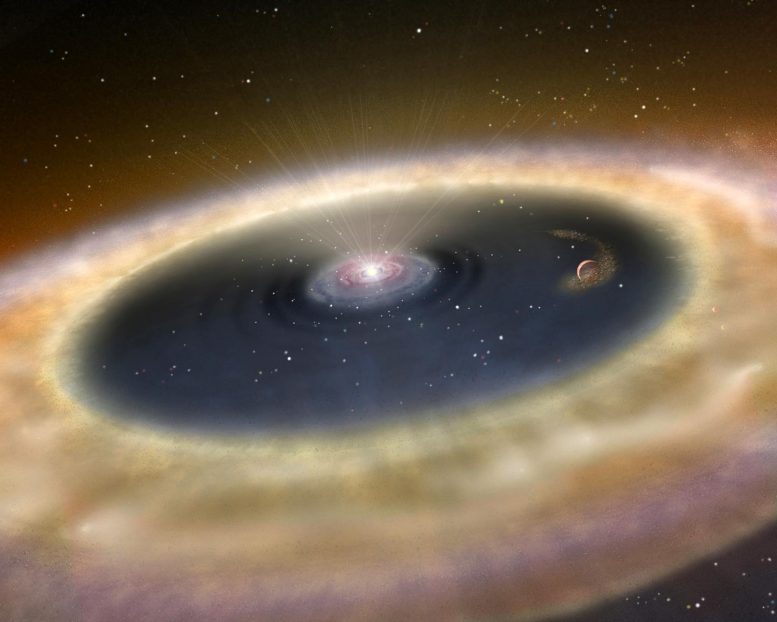
An artist’s conception of a planet-forming, circumstellar disk around a young star. Astronomers used the ALMA facility to study how the chemistry of volatile molecules – including water and carbon monoxide – evolves as young disks similar to this one develop planets, and the effects of these changes on the developing new planets. Credit: Karne L. Teramura, UH IfA
Planets form from the gas and dust in disks that surround young stars. Chemicals in the disk that evaporate easily, called volatiles, include important molecules like water, carbon monoxide, nitrogen, as well as other simple organic molecules. The amount of volatile material that accumulates in a planet as it forms is a key factor in determining the planet’s atmosphere and suitability for life, and depends on the details of the gas and ice reservoirs in the disk at the time of planet formation.
Since disk compositions evolve over disk lifetimes, astronomers interested in planet composition are working hard to understand the evolution of disk chemistry. They have already determined that water and carbon monoxide gas are depleted in young systems as compared with their abundances in the normal interstellar medium, sometimes by as much as a factor of one hundred. Current thinking argues that this is because the volatiles have frozen onto the surfaces of dust grains that then accumulate toward the cold midplane of the disk where they remain frozen out. Since each volatile has different properties, however, each one is depleted to a different extent; oxygen is the most depleted element, followed by carbon and then nitrogen.
This general framework explains the observations of the few individual sources studied, but astronomers still lack a systematic view of how volatile chemistry evolves with time.
CfA astronomers Karin Oberg, Sean Andrews, Jane Huang, Chunhua Qi, and David Wilner were members of a team that used the ALMA facility to study volatiles in five young disk candidates. They combined the results with data from an early study of fourteen more evolved disks and modeled them to develop an evolutionary view of volatile chemistry over the disks’ lifetimes. They conclude that carbon monoxide depletes quickly — in the first 0.5 – 1 million years of a disk’s lifetime.
They also find that youngest objects, those still deeply embedded in their envelope of natal material, have distinct chemical signatures probably because molecules in the disk are shielded from the ultraviolet radiation that can disrupt the chemical bonds. The scientists also consider whether evaporation of the ice mantles could add ingredients back into the gas but conclude that too many uncertainties still remain to reach a definitive answer and they argue for the need for a larger sample of young disks.
The new study is a significant advance in understanding the evolution of the chemistry of young, planet-forming disks.
Reference: “An Evolutionary Study of Volatile Chemistry in Protoplanetary Disks” by Jennifer B. Bergner, Karin I. Öberg, Edwin A. Bergin, Sean M. Andrews, Geoffrey A. Blake, John M. Carpenter, L. Ilsedore Cleeves, Viviana V. Guzmán, Jane Huang, Jes K. Jørgensen, Chunhua Qi, Kamber R. Schwarz, Jonathan P. Williams and David J. Wilner, 28 July 2020, The Astrophysical Journal.
DOI: 10.3847/1538-4357/ab9e71

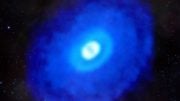

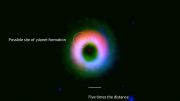

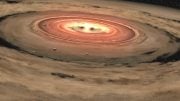

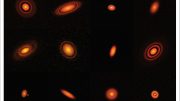

That carbon depletes quickly implies that organic chemistry has a head start on any habitable planets.